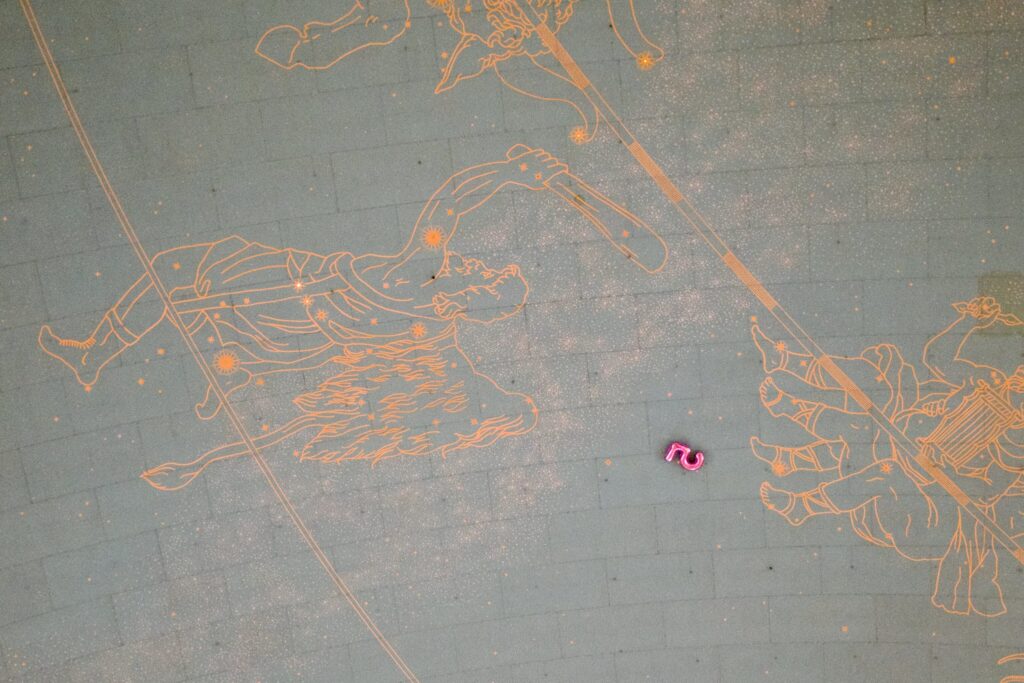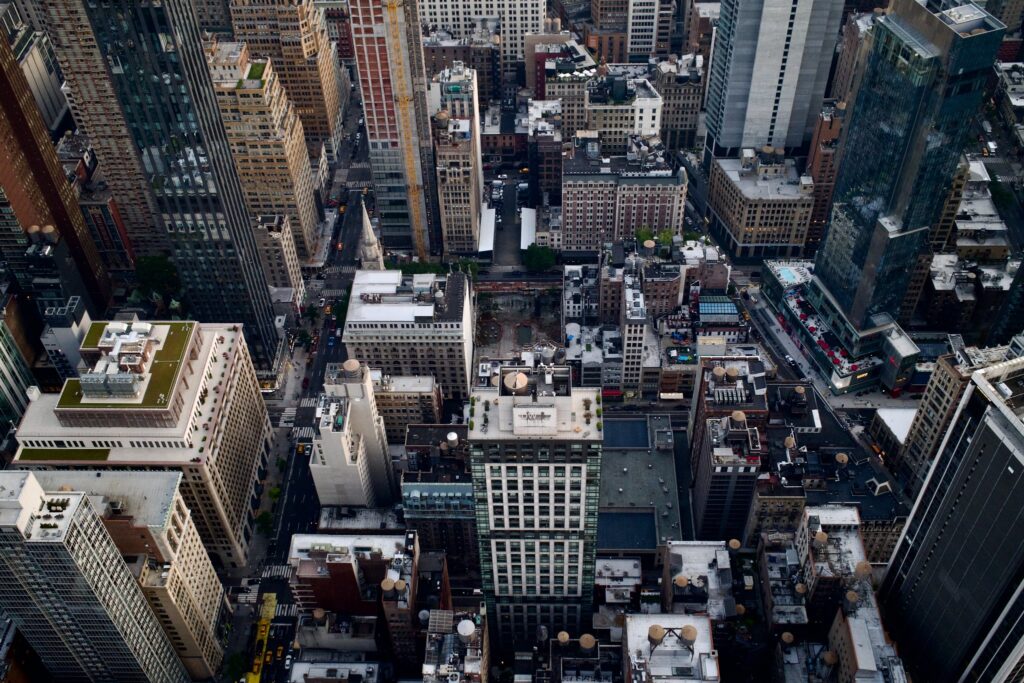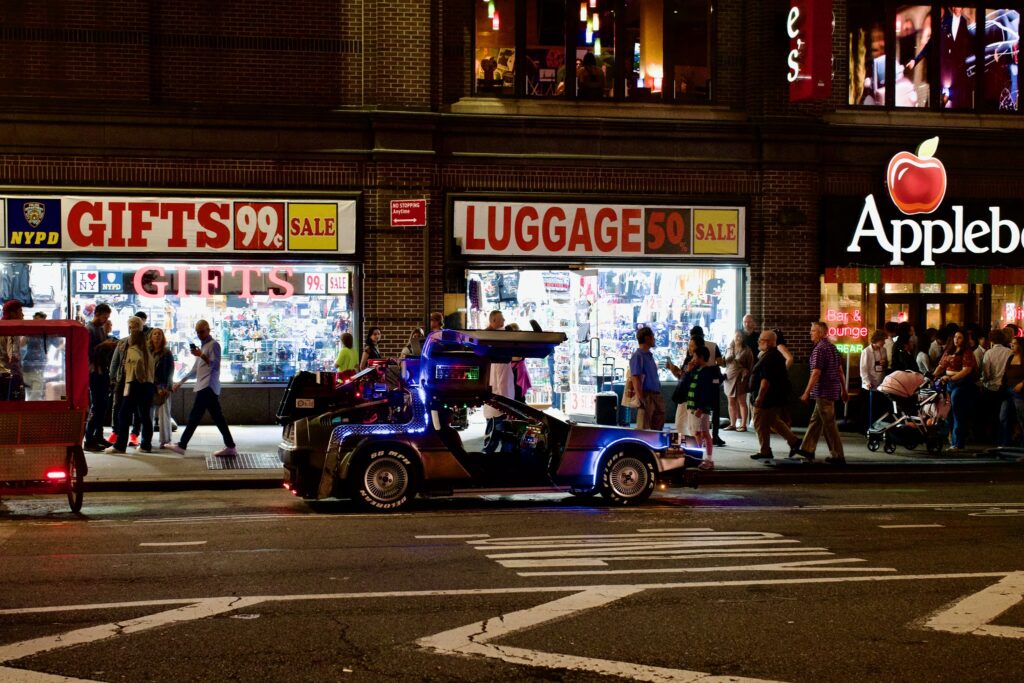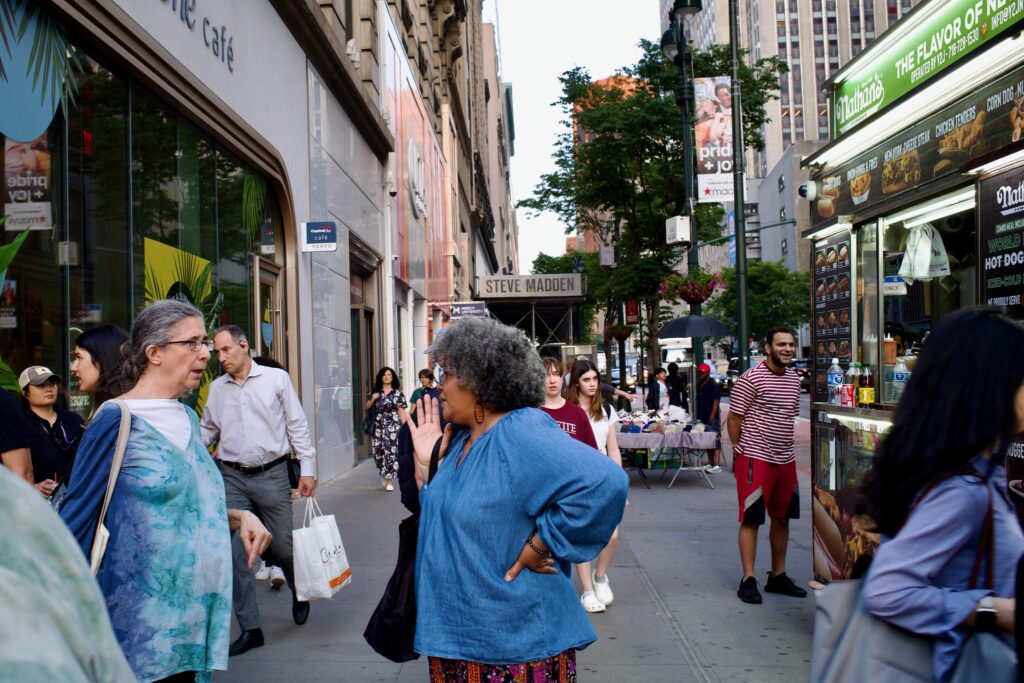
I recently bought a new camera. My first in over 12 years.1 The new camera is a Fujifilm X100VI, the latest in their line of fixed lens travel cameras.
It’s a very different camera than what I’ve been shooting with, a still wonderful Nikon D800. I love the D800, but I wanted something smaller and less complicated. Something I can just throw in a bag and not worry about which lens to bring – and the bulk. The D800 with an 50mm lens is close to 2.6 pounds! The X100VI by comparion is 1.15 lbs.
I’m still wrapping my head around the new camera. Learning the menus and commands and getting comfortable with setting it up how I like it. I’ve gone on one long trip and captured a few decent photos.
I wanted to document a few of the things I’ve learned along the way. To help reflect and reset my expectations – and hopefully so others can learn from my experiences.

Setup Command Dial
Unsurprisingly, I’ve customized the front and rear command dials to work just like the D800 – Aperture on the front dial, shutter speed on the rear. ISO set to Auto or I use the dial for specific needs.
This video from JayRegular was really helpful in figuring this out. One note, from Jay in the comments, is really important!
“For everyone who cannot get the aperture dial to work when set to “A” go into menu > wrench icon > button dial setting > aperture ring setting (A) and set it to ‘command’ instead of ‘auto'”
I love how many Fn buttons there are on this little guy and have been playing around with them. I have even set the manual focus ring to switch between the 50mm and 70mm digital teleconverter. It’s like a zoom ring (but not)!
Use the EVF
It’s faster than the optical viewfinder and gives you a better representation of how your shot will look. Coming from a D800 this was a big change to get use to. After a few outings, I’m starting to appreciate it more. I like the idea of an optical viewfinder, but with the offset on the X100VI – and with an added lens hood – it’s almost useless.2
Speed Things Up
Get a good SD card. You don’t need a UHS-II card as the X100VI only supports UHS-I cards. However, if you do buy a card that is faster than what the camera can utilize, you can still benefit when transferring images from the SD card to a computer. For example my Mac’s SD card slot can utilize UHS-II speeds up to 312 MB/s. I picked up a Sandisk that has a read rating of about 200MB/s. For the first week I used an old 80MB/s SD card I had lying around and it was so slow to save and preview images.

In the power management settings there is an option called “boost”. Turn this on. It helps with focus and viewfinder display performance.3 Two of the most key aspects of nailing a shot.
If you’re worried about battery life, Wasabi Power makes a great replacement battery (x2) and a charger for like $30. Way cheaper than Fuji’s own battery and the charger can charge two batteries at the same time over USB-C.
This was a wild one to learn. By default the X100VI will use 2.4GHz wi-fi to transfer images to your smartphone. Switch the wi-fi to 5GHz for noticeably faster transfer speeds. 5GHz has been around for over a decade at this point. It should be the default to give a better user experience and it’s one setting that can be easily overlooked.
Chris Lee (pal2tech on YouTube) created a great beginners setup video for this camera. I learned of this tip and a few others from his videos. Go check them out.
Shoot in RAW
Even though my photo editing app of choice doesn’t support the latest RAW (.RAF) files from this camera (yet), I’m still shooting RAW. Storage space is cheap and I love being able to pull the most range out of the images I shoot. I find JPEG/HEIF images direct from the camera to have too much contrast. Here’s a subtle example between a HEIF version and RAW version of the same image. The RAW file was converted to DNG so I can edit. No other edits to the images, direct from the camera.

Notice how much darker the HEIF image is in the eye sockets. There’s no data there to pull from when editing.
Move with your feet
This is just general photography advice and more of a reminder for myself. For the last 12 years I’ve shot primarily with my D800 and a fixed prime lens. Either a 50mm or an 85mm (for portraits). I’m use to shooting with these longer focal length lenses. The 35mm equivalent on the X100 means I need to move in more often. Or, be mindful that with this camera that you’re going to capture more surrounding context than you would with a longer lens.
You can also fib this a bit with the X100VI. With a 40 megapixel image size, cropping by 50% still gives you a very usable 20 megapixel image. I’m not a purist! Do both if that’s what works for you.

Trust in the Force IBIS
This is the first camera I’ve used that has in body image stabilization. I shoot mostly handheld and would never go below the reciprocal rule when shooting. So if I was shooting with my 85mm I would never go below ~1/100th of a second shutter speed. The resulting image, no how hard I tried to control my stance, grip, and breathing, would result in a blurry image.

But oh boy, the X100VI has five-axis stabilization. I can take a sharp photo, handheld, at a shutter speed far lower than the focal length. I’ve been able to get a few great shots at 1/25 and 1/15. That is pure magic. I’m having to learn that I have this new superpower and where its limits lie, but so far I’m really enjoying it. When I remember I can do it!
The wonderful Dave Etchells from Imaging Resource has this surprisingly in-depth interview with Hisashi Takeuchi from Olympus on how this all works. Fascinating stuff.
Conclusion
I’m heading out on another trip soon. This one a little longer and varied than the last. I’m hoping to have more to share and I’ll update this post if I come across any other tidbits that I think might be useful. Thanks for reading and please share your own tips in the comments and check out more of my photos on Flickr.
See also
- Petapixel – Fujifilm X100 VI Review: What’s All the HYPE About?!
- DPReview’s…review of the X100VI
- The X100VI Owner’s Manual
Footnotes
- Unless you count the GoPro, drone, and a new smartphone every few years. :p
- Speaking of the lens hood. I’m mildly disappointed the leather case won’t fit with the adapter ring added and that the hood doesn’t attach in a reverse position like my Nikon lenses. Minor things all said. Oh, and don’t be a goober like me and put the rings on in the wrong order and have the camera yell cause it can’t move the lens! Big thanks to S. Park for making this short video showing how it’s all supposed to work together.
- On the site for the X-T4 Fuji states that the boost mode gives the autofocus a speed increase from .08 seconds to .02 seconds and the frame rate of the viewfinder from 30fps to 60fps. That’s not insubstantial! I’m not sure if the exact same is true for the X100VI, but I’m sure it’s in the ballpark.